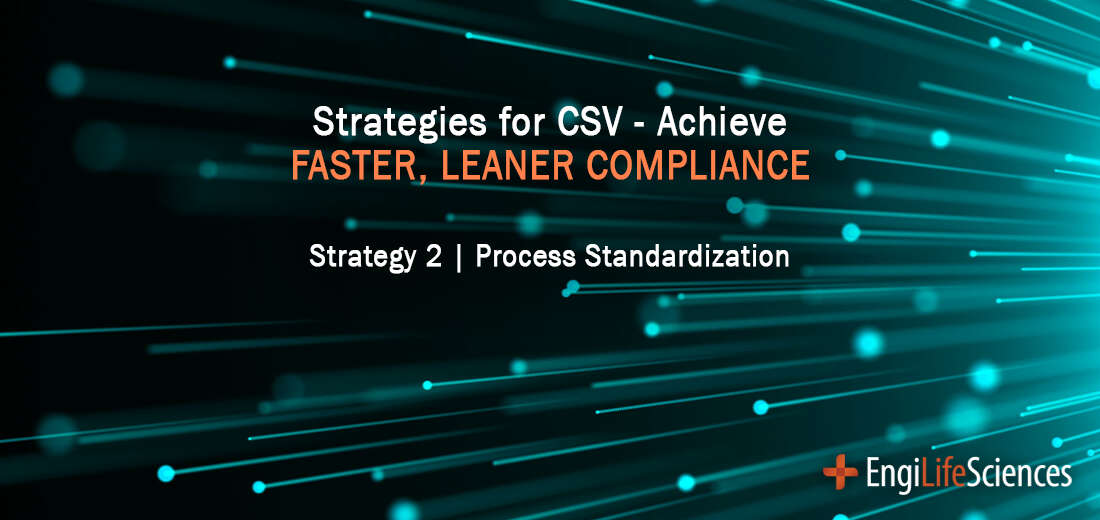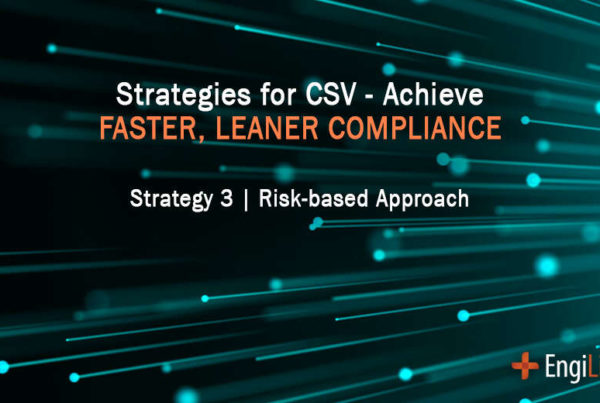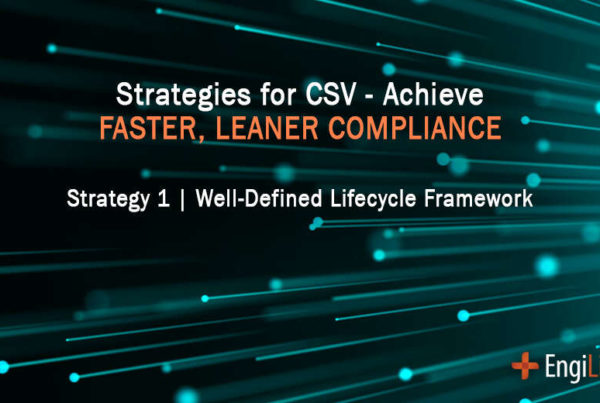A standardized process is a well-defined and structured set of activities built for conception through retirement. Process Standardization creates transparency across the lifecycle framework and enables management control. It establishes the when and how for those following it, coupled with consistency. Process Standardization is a systematic method for identifying, assessing, mitigating, controlling and communicating risk-based factors based upon the intended use of the system.
Many organizations want flexible vs. standardized processes. Often times, the “When” and “How” are removed from the equation. This creates too much flexibility and ambiguity within the processes. The challenge is when this creates inconsistencies in the deliverables and each team is executing the processes differently. If there are high level procedures in place and everyone is interpreting them differently, inconsistencies, delays and rework will occur. Firms waste massive resources, costs and time due to poorly defined requirements, requirement revisions, or lack functional or complete specifications and SOPs.
Process Standardization prevents any ambiguity. When you couple the “When” and “How”, and move to a process standardization vs. a flexibility strategy, inconsistencies in deliverables are removed and speed increases. When teams are trained to utilize the standardized processes, they operate more quickly and systematically, and are more predictable and consistent. The deliverables and outcomes that are associated with the various teams also showcase the same benefits.
Before Process Standardization, the following are commonly seen:
- Ad hoc IT project governance with subsequent project shortfalls
- Validation testing is the only structured testing process which leaves gaps
- Diminished data integrity importance in testing and validation
- Adoption of emerging IT architectures and mobile devices for validated systems without formal assessment and testing
After Process Standardization, we can achieve the following results:
- Deliverables with predefined templates
- Clearly established inputs and outputs
- Streamlined and integrated processes, tasks, tools, activities and deliverables
- Clear expectations and requirements for the users to follow
- Continual improvement capabilities
- Uniformity, simplicity and process transparency
- Informed IT governance with QA input factoring in validation planning
- UAT and validation testing phases with a clear transition
- Software Development Best Practices
- Management practices with reviews and approvals
- Early addressing of data migration and integration requirements and solutions with testing
- Proactive assessment of changes in IT architectures and devices by business,
IT and QA
The EngiLifeSciences team has heard over the years from their clients that they want flexibility vs. process standardization. However, without standardization – especially in large organizations –inconsistencies in deliverables and team execution create inefficiencies and are problematic. We work with your organization and staff to create and utilize standardized processes, allowing you to operate faster, with more predictable and consistent results.
To learn more about the proven methods EngiLifeSciences employs to help your organization achieve faster, leaner compliance, read the other parts in our series – Strategies for CSV – Faster, Leaner Compliance.




